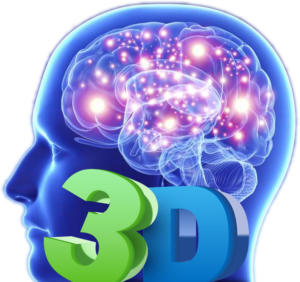As humans we have two eyes which deliver two slightly different images to our brain. The brain then compiles these two images into one single 3-D reality. When the two images are combined by the brain we are able to see objects as more than just flat or long, instead we have three-dimensions – width, height, and depth. This type of viewing is called stereo-vision, deriving from the greek root “stereos” which means firm or solid.
With stereovision there is a better understanding of objects and where they are in space as the brain compiles the two images from our eyes than we see with more precision and can attain more information just by looking. Unfortunately, not everyone’s brain can automatically fuse the two images, sometimes a slight misalignment of the eyes or a traumatic brain injury can make it difficult for the brain to make sense of the separate images from each eye.
This results in a loss or lack of stereovision. Some people are not even aware that they do not see the world in 3-D because their brain has never been able to compile the two images and instead relied only on one preferred eye for all its visual information. Although some individuals adjust to a life without stereovision and have developed a way of interpreting objects in space, they will still have a more difficult time with everyday activities such as throwing or catching a ball, driving a car, or stepping off a curb.
